Other

“From light bulbs to cell phones, all electronic devices in everyday life rely on the flow of electrons to function. Just as scientists use meters to describe the length of an object or seconds to measure the passage of time …
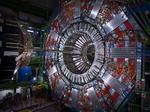
“Machine learning algorithms can beat the world’s hardest video games in minutes and solve complex equations faster than the collective efforts of generations of physicists. But the conventional algorithms still struggle to pick out stop signs on a busy …
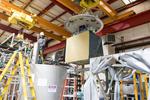
“The international Deep Underground Neutrino Experiment, or DUNE, hosted by Fermilab, will be huge. In fact, with more than 1,000 collaborators from over 30 countries and five continents, it’s the largest international science project ever hosted in the …

“An international group of more than 260 scientists have produced one of the most stringent tests for the existence of sterile neutrinos to date. The scientists from two major international experimental groups, MINOS+ at the Department of Energy’s Fermilab …
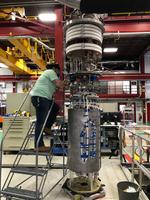
“The Fermilab magnet team has done it again. After setting a world record for an accelerator magnet in 2019, they have broken it a year later. In a June 2020 test, a demonstrator magnet designed and built by the magnet …

“How do you detect a particle that has almost no mass, feels only two of the four fundamental forces, and can travel unhindered through solid lead for an entire light-year without ever interacting with matter? This is the problem posed …

“In a multiyear effort involving three national laboratories from across the United States, researchers have successfully built and tested a powerful new magnet based on an advanced superconducting material. The eight-ton device — about as long as a semi-truck trailer — set …
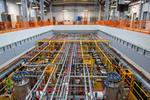
“Argon. It’s all around us. It’s in the air we breathe, incandescent lights we read by and plasma globes many of us played with as children. In liquid form, argon is also an inexpensive and effective target for …
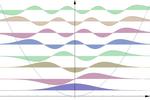
“A group of scientists at the Department of Energy’s Fermilab has figured out how to use quantum computing to simulate the fundamental interactions that hold together our universe. In a paper published in Physical Review Letters, Fermilab researchers fill …

“In 1974, a Fermilab physicist predicted a new way for ghostly particles called neutrinos to interact with matter. More than four decades later, a UChicago-led team of physicists built the world’s smallest neutrino detector to observe the elusive interaction …
